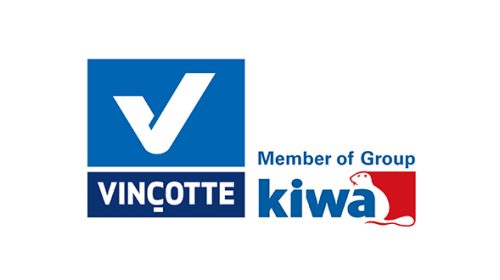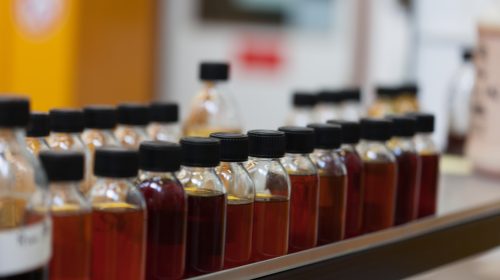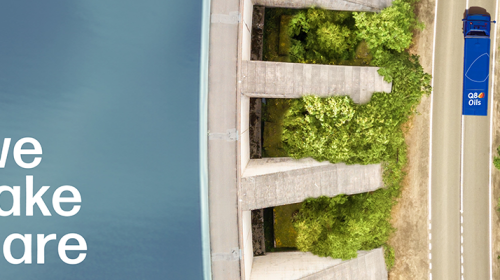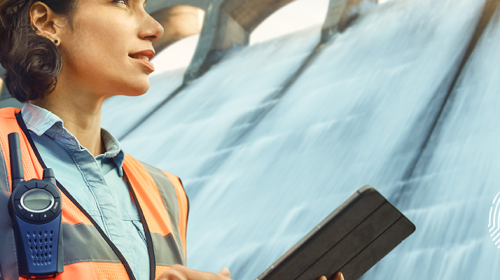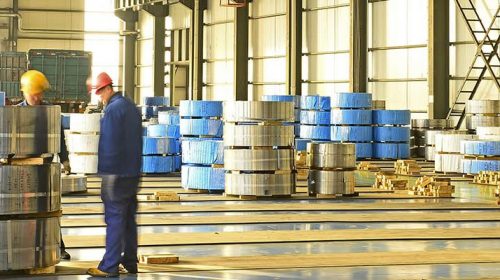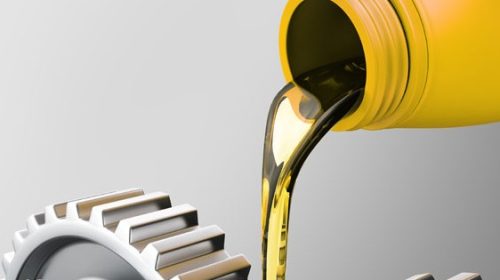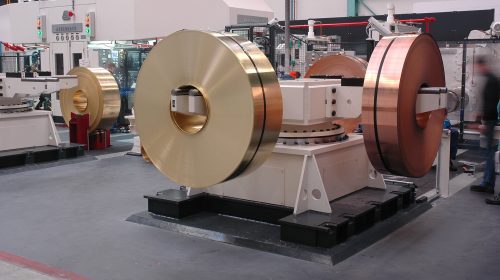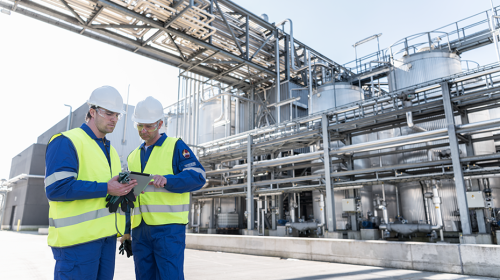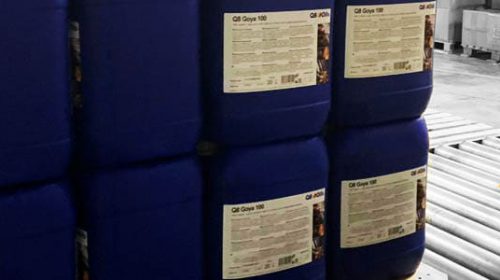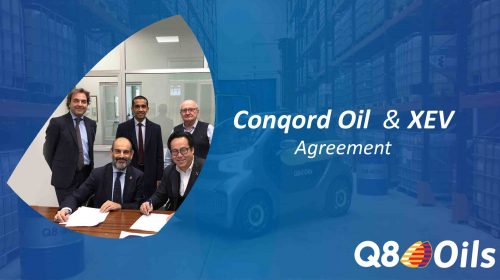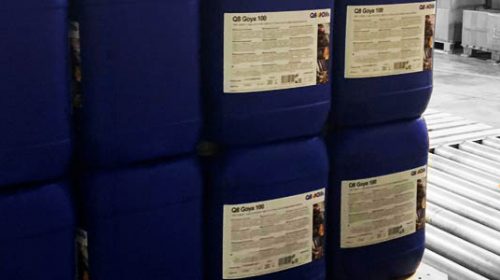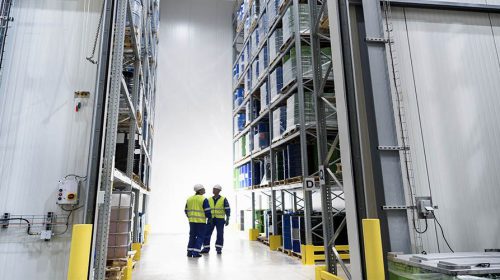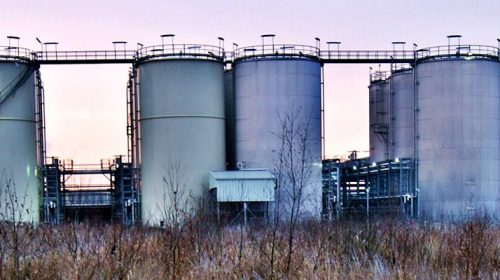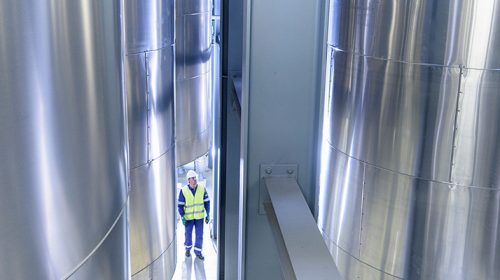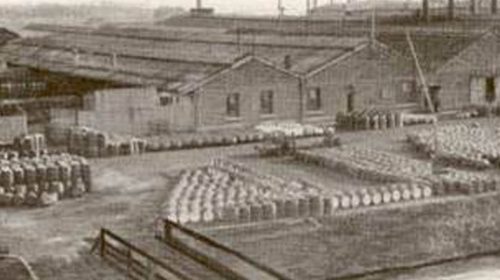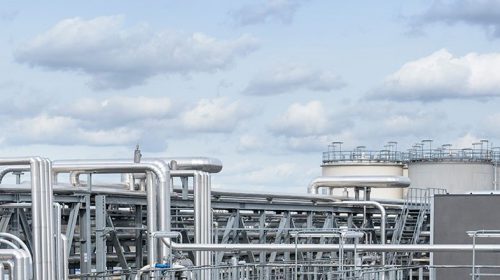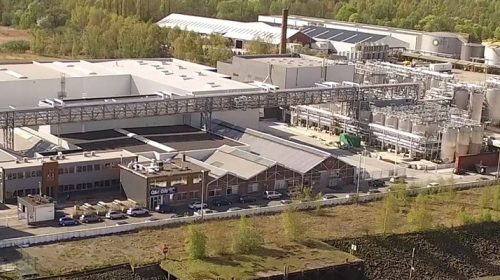The lubricants industry plays a crucial role in keeping machinery running smoothly. However, with increasing awareness of climate change, the focus on sustainability has never been more critical. One concept that can help guide the lubricants industry is the product carbon footprint of lubricants. In this article, we delve into the details of carbon footprints in the lubricants sector, explaining its importance for the global commitment to environmental responsibility.
What is the Carbon Footprint?
The term “carbon footprint” has become a buzzword, resonating across the industry and among consumers. But what does it really mean? In simple terms, the carbon footprint is the total mass of all greenhouse gas (GHG) emissions for an activity or organization over a given period. It is measured in carbon dioxide equivalents (CO2e or CO2eq). Understanding this concept is crucial, given the growing awareness of climate change and global warming.
Understanding the Greenhouse Effect
Before we dive into lubricants, it’s essential to comprehend the greenhouse effect. This natural process occurs when gases in the Earth’s atmosphere trap the sun’s heat, leading to a rise in average temperatures. Greenhouse gases, including carbon dioxide and methane, contribute to this effect, with their impact standardized using CO2 equivalents.
Company vs. Product Carbon Footprint
To grasp the environmental impact of lubricants, we must navigate through the nuances of carbon footprints. Companies can calculate their carbon footprint, encompassing all annual GHG emissions linked to a company’s activities. This involves energy consumption, fuel combustion, vehicle usage, and indirect emissions across the organization’s value chains.
However, when it comes to lubricants, the focus shifts to the product carbon footprint – the total mass of GHG emissions throughout a product’s entire life cycle. For lubricants, this journey spans from the extraction of raw materials, over usage, to end-of-life disposal.
Scoping the Product Life Cycle
Imagine the life cycle of a lubricant as a journey, and within this journey, there are three important boundaries: cradle to cradle, cradle to grave, and cradle to gate. These boundaries define the scope of the carbon footprint, illustrating the environmental impact from the creation of the product to its eventual disposal.
- Cradle to Cradle: A circular life cycle where the product is regenerated into original materials, promoting sustainability and waste reduction.
- Cradle to Grave: A linear assessment from resource extraction to end-of-life disposal, often as waste oil.
- Cradle to Gate: A partial assessment from resource extraction to the factory gate.
Carbon Footprint versus Carbon Handprint:
Lubricants, designed to reduce friction and wear between mechanical components, have a dual role. The carbon footprint represents the negative impact, while the carbon handprint encapsulates positive environmental benefits during the product’s lifespan. Reduced energy consumption, emissions, and extended equipment lifetime are among the benefits, often expressed as avoided emissions. High-quality lubricants can yield substantial handprint savings, outweighing their carbon footprint and delivering a net environmental benefit.
For more information, read our article “Carbon footprint vs Carbon Handprint: Understanding the Difference”.
Q8Oils' Commitment to a Greener Tomorrow
In the pursuit of sustainability, Q8Oils stands out for its commitment to understanding and minimizing the product carbon footprint. By participating in industry initiatives and embracing product cycle, Q8Oils is actively contributing to a more sustainable lubricants industry.
Product Carbon Footprint (PCF) tool
With our PCF (Product Carbon Footprint) tool* Q8Oils wants to ensure full transparency. This innovative tool is at the forefront of our sustainability initiatives, allowing us to provide transparency to our customers. By integrating the PCF value of every product on our Product Data Sheet and our product pages, you can effortlessly access information about the carbon footprint of each item. Our commitment to product innovation is ingrained in the very fabric of this tool, as we continuously strive to minimise our footprint while maximising our handprint on the planet. We Take Care.
Conclusion
As lubricants play a vital role in keeping the world moving, it is crucial that they are produced and used responsibly. Q8Oils, along with other industry leaders, is at the forefront of this journey, aiming to minimize product carbon footprints and maximize carbon handprints. Through tools like product cycle, we are taking strides towards a more sustainable future, ensuring that Q8Oils’ lubricants not only reduce friction but also reduce their environmental impact.
Questions about Q8Oils’ sustainability programme?




